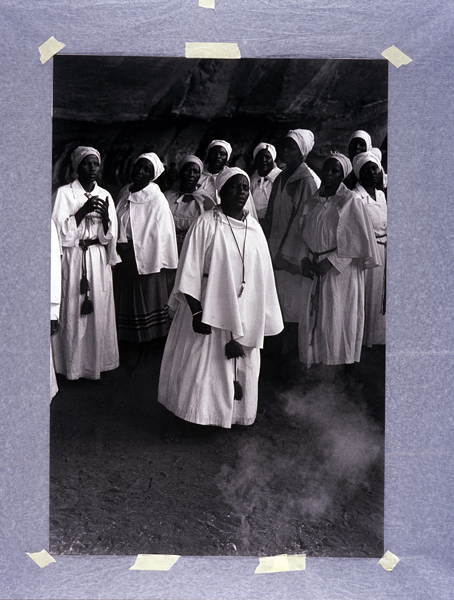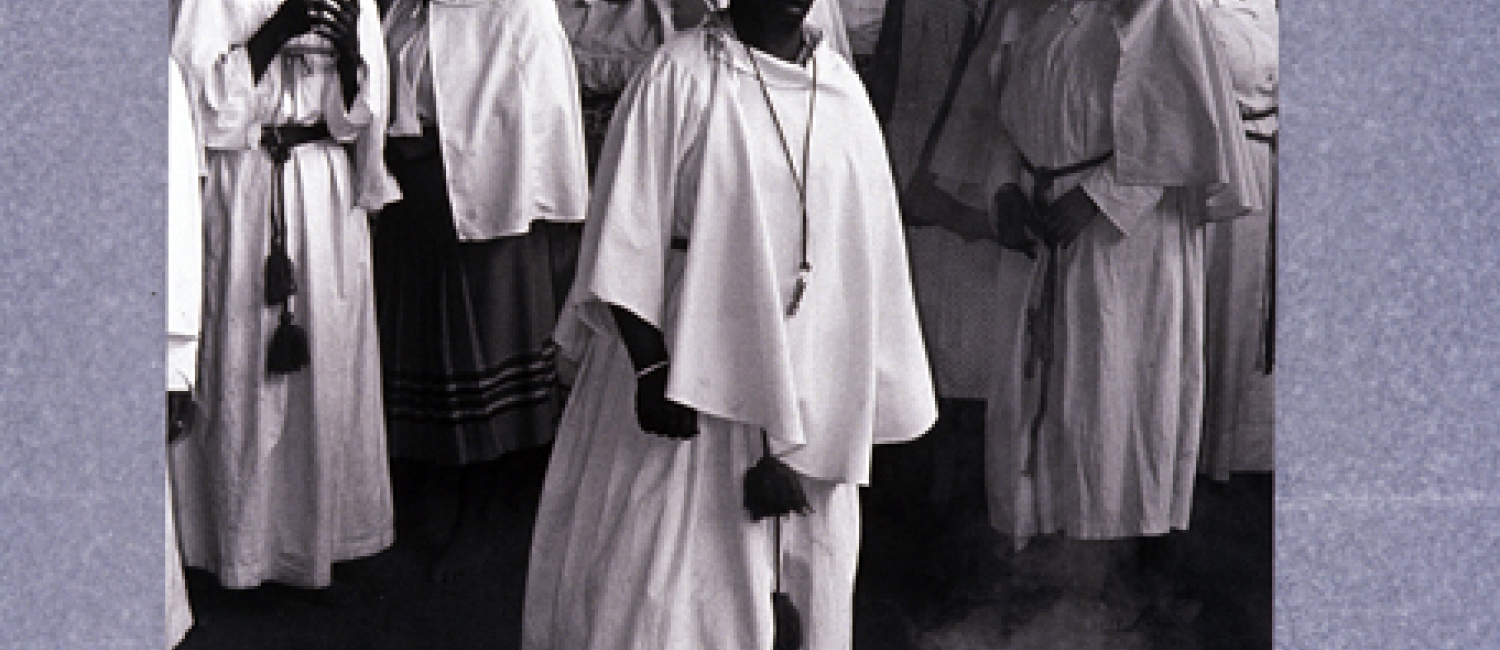Through the themes of Identity and Environment, which have concerned many artists and photographers over the past ten or more years, I wanted to show how themes such as these can be approached from both the documentary and conceptual traditions; to show recent work from both established and young photographers; and to concentrate on photographs of people and places which exist in the real world. The viewer's reaction and response completes the circle of the creative process, and I hope these themes will draw people in and make them consider different forms and presentations of photographic images. Artists such as Jiri David and Péter Rónai who have worked in a variety of media brought their ideas to photography and used this medium when it was the most appropriate for a particular idea. I was struck by the way the Italians seem able to take the long view on environmental issues. By using long exposure times, Francesco Radino points up the fleeting effect of humans on the more permanent features of the landscape and by the inclusion of occasional modern artifacts among the ancient sites, Chiaramonte encourages us to believe in the continuing use and beauty of our heritage. In contrast Wout Berger and Nick Waplington are far more concerned about the way in which human greed is degrading the planet. While Berger's sites may seem initially innocent they are in fact heavily polluted. Waplington points up the interference of people, by including himself as the human symbol in each of his pictures. Within the exhibition there are photographers who have explored their own identities in relation to their contemporaries, Fabio Palaeri, Aysem Celikz and in relation to their families' past where the Holocaust haunts the family histories of Leo Divendal and Simcha Shirman. There are those who have examined group identities, Rineke Dijkstra's teenagers, Anders Kristensson's Swedes and Kari Sonio's children. Our political, cultural and physical environment affects how we live (Rick Wood's prisoners, Clemente Bernad's Saharan women) and it is also affected by our collective desire to improve our standard of living. Sometimes this can cause havoc and pollution (Josef Koudelka's open cast mines in Bohemia, Nick Waplington's more conceptual approach). Sometimes it can result in real beauty (Harry Gruyaert's pictures of the Somme). Our interest in our past can occasionally result in photography saving some of that history for us: Duarte Belo's work in the COA valley was directly responsible for stopping the ancient cave drawings from being submerged in the name of progress by the construction of a new dam. Each photographer approaches his or her subject in an entirely individual way, from the "found" and serendipitously blended montages of Alain Geronnez to the portraits, which involve the collusion of their subjects, of Fabio Paleari and Bertien van Manen.

